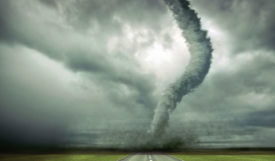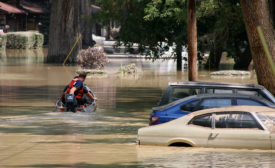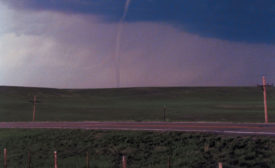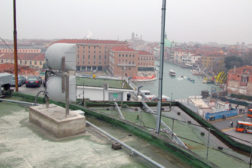Security & Business Resilience
Budgeting for the Impossible: Enterprise Resilience Means Business
During the past decade, enterprise resilience has become a hot topic.
July 1, 2013
How Mass Notification Protects Schools and Reduces Stress in K-12
The problem with the tornadoes that hit Oklahoma and other parts of the Midwest in May was not necessarily a lack of mass notification.
July 1, 2013
Who, What, When, Where: How to Keep Travelers Safe
As a security manager, you have a challenge to manage risks your travelers and expatriates face when they head to that overseas conference, meeting or assignment.
June 1, 2013
Sign-up to receive top management & result-driven techniques in the industry.
Join over 20,000+ industry leaders who receive our premium content.
SIGN UP TODAY!Copyright ©2024. All Rights Reserved BNP Media.
Design, CMS, Hosting & Web Development :: ePublishing






